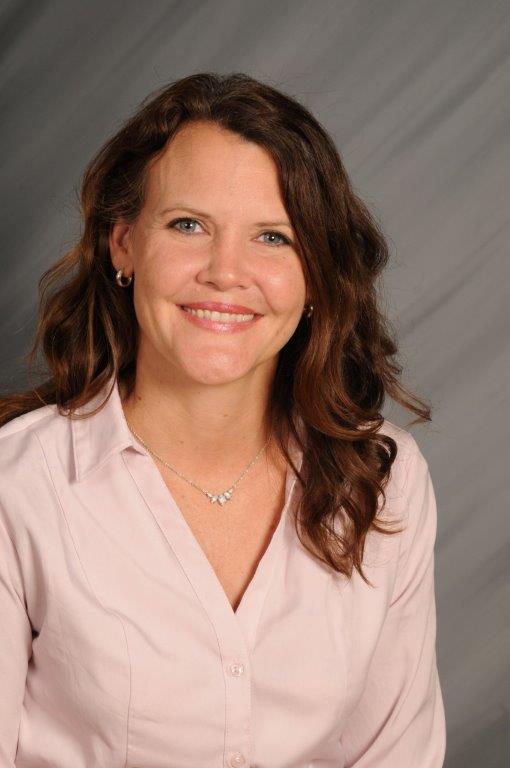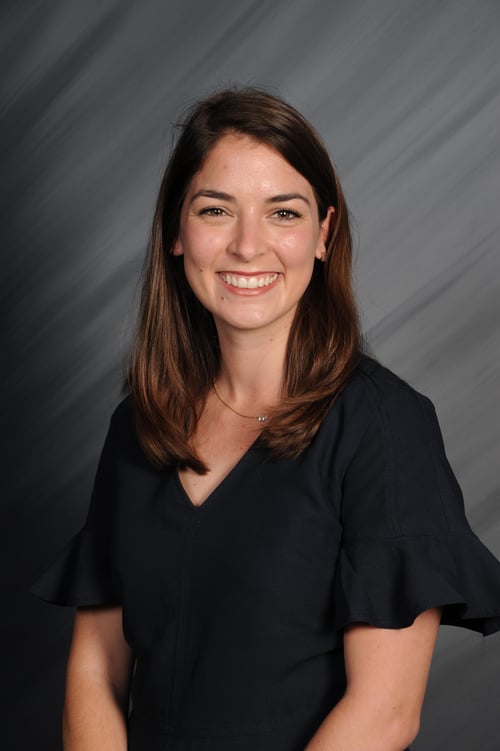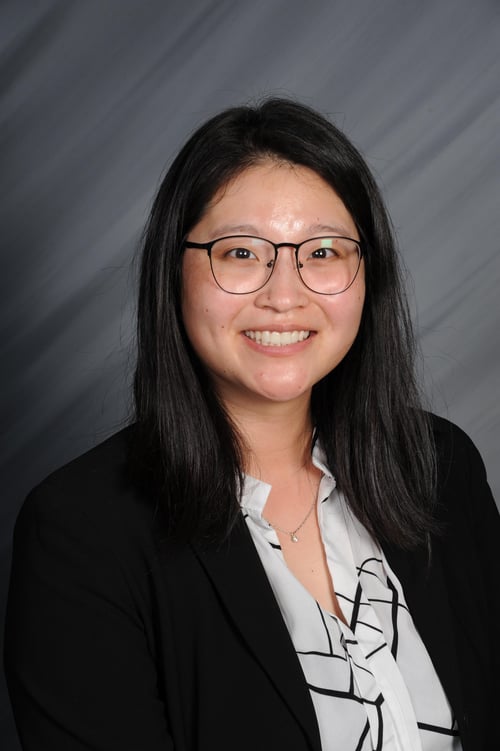
Since we have just finished with Autism Awareness Month, I thought it would be appropriate to review Autism Spectrum Disorders. Autism or Autism Spectrum Disorder (ASD) is a range of developmental conditions that affect a person’s ability to communicate and interact with others. Though estimates vary, it is thought to affect close to 1 in every 54 children in the United States. It appears that the incidence of Autism is increasing due to multiple factors; one is thought to be due to more awareness of the disorder and better screening methods.
The exact cause of autism is still not known, but there are many factors that are known to contribute to autism. There are most likely several events that lead to autism, instead of just one cause. We do know that there is a 10-20% increased risk of autism for siblings of autistic children. This is high but not as high as would be expected if only one gene was involved. This means that there is a combination of genes in the development of autism instead of just one. When you combine genetics with certain environmental factors, autism is more likely to develop. There are some theories about environmental factors that may lead to autism, including certain illnesses (viruses), medications, parent ages and chemicals. It is important to note that immunizations have been studied extensively and have never been reliably proven to cause autism.
Signs and symptoms of autism are very different in different patients and may be seen in many different ages depending on the severity. Some signs noticed at a young age may be a delay in speaking or other types of communication. Other signs may be a loss of language or behavior (such as stopping saying “mama” after previously saying it). Signs in older children are often seen in difficulty with conversations and socializing, as well as limited interests or repetitive motions or behaviors such as rocking or clapping. Other signs may be insistence on routines or difficulty with change.
If you are worried that your child is showing signs of autism, the next step would be taking him or her to discuss your concerns with your child’s doctor. There are multiple tools to help screen for autism that can be used from 6 months up to older children. The American Academy of Pediatrics recommends routine screening for autism in all children at 18 month and 24 months of age. If your child’s doctor suspects autism, he or she will most likely refer to a developmental pediatrician or neurologist that specializes in autism spectrum disorder for diagnosis.
While there is no cure for autism spectrum disorder, there is increasing evidence that early treatments can minimize certain behavior problems. Treatment will be different for each child and should consist of both educational interventions and behavioral treatments.
Early treatment is important and has been shown to improve overall outcomes in children with autism, helping them have a better quality of life and improved independence.
 Dr. Norris is a board certified Family Physician faculty member who sees patients of all ages at Lone Star Family Health Center, a non-profit 501©3 Federally Qualified Health Center operating facilities in Conroe, Spring, Willis, Grangerland, and Huntsville, and serving as home to a fully integrated Family Medicine Residency Program to increase the number of Family Medicine physicians for Texas and our community.
Dr. Norris is a board certified Family Physician faculty member who sees patients of all ages at Lone Star Family Health Center, a non-profit 501©3 Federally Qualified Health Center operating facilities in Conroe, Spring, Willis, Grangerland, and Huntsville, and serving as home to a fully integrated Family Medicine Residency Program to increase the number of Family Medicine physicians for Texas and our community.



